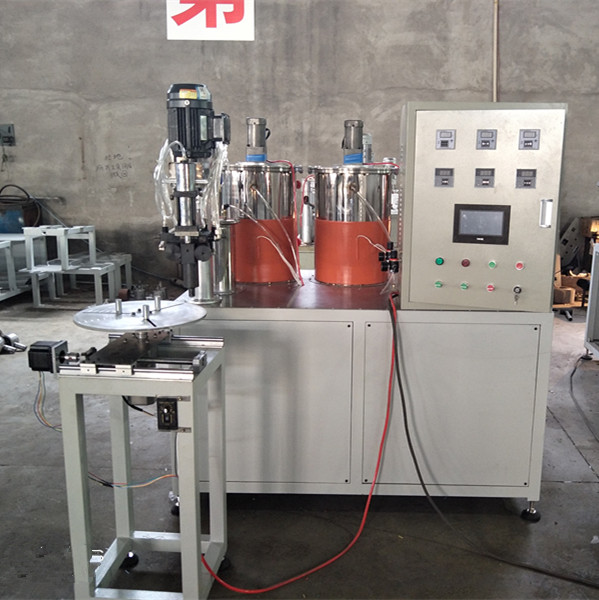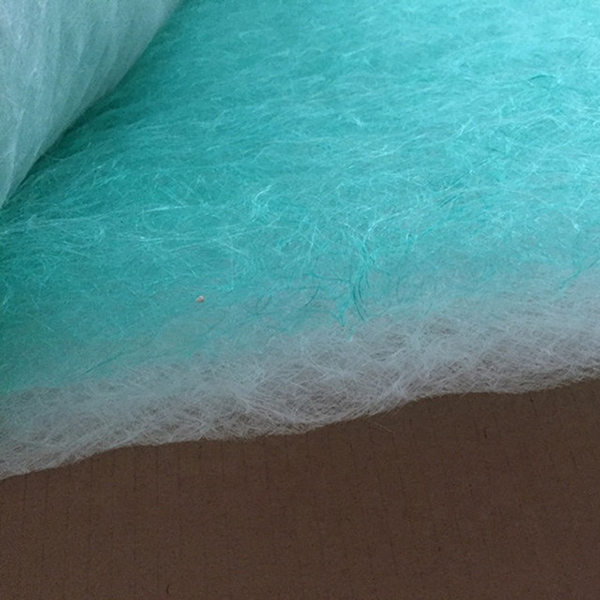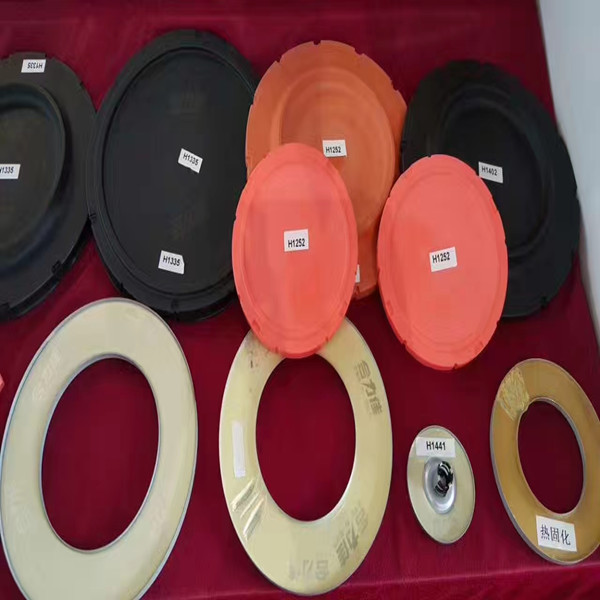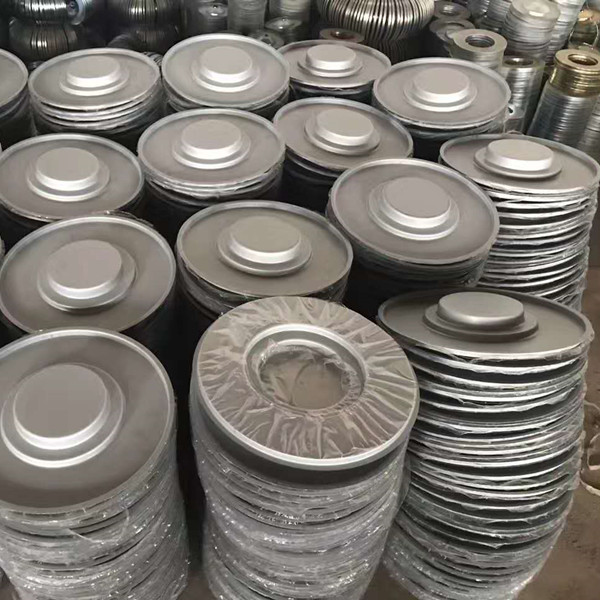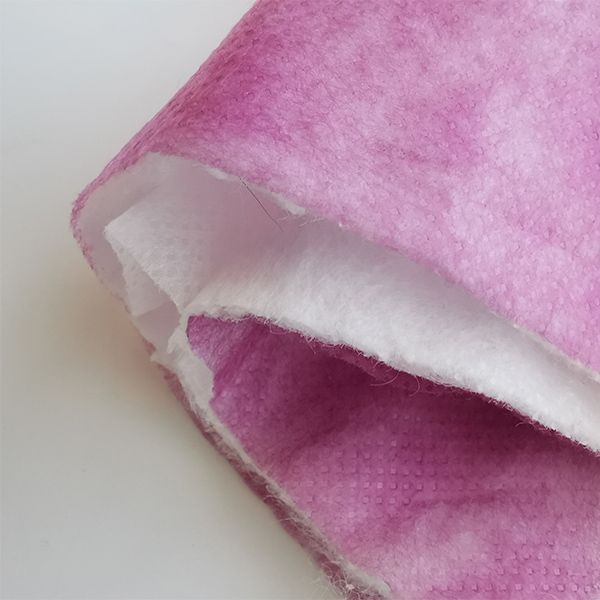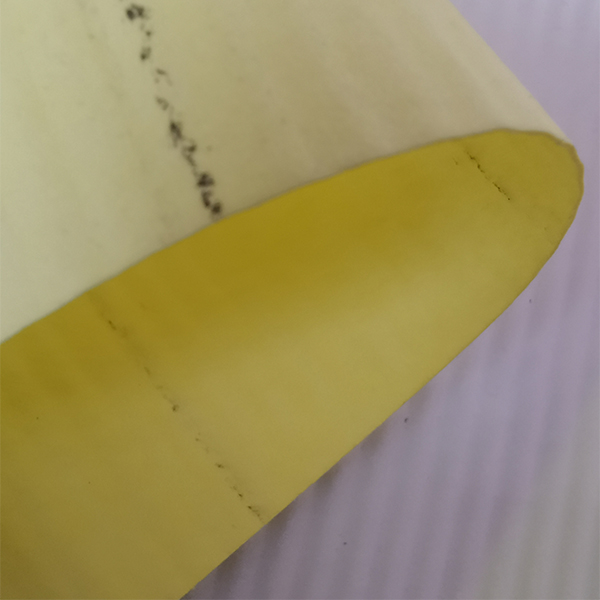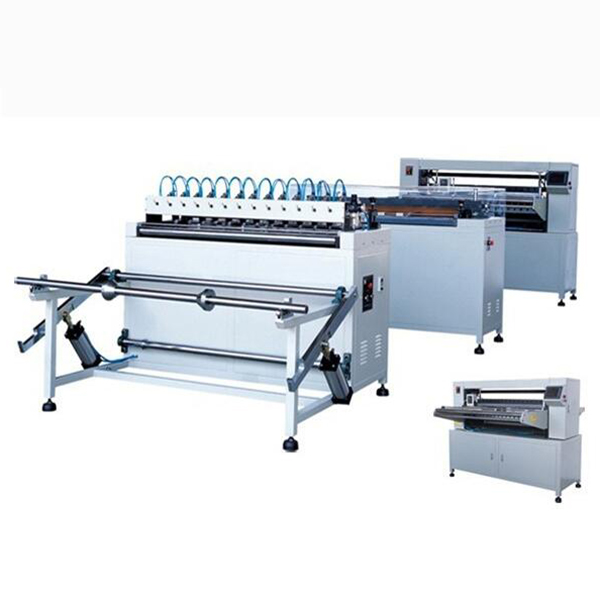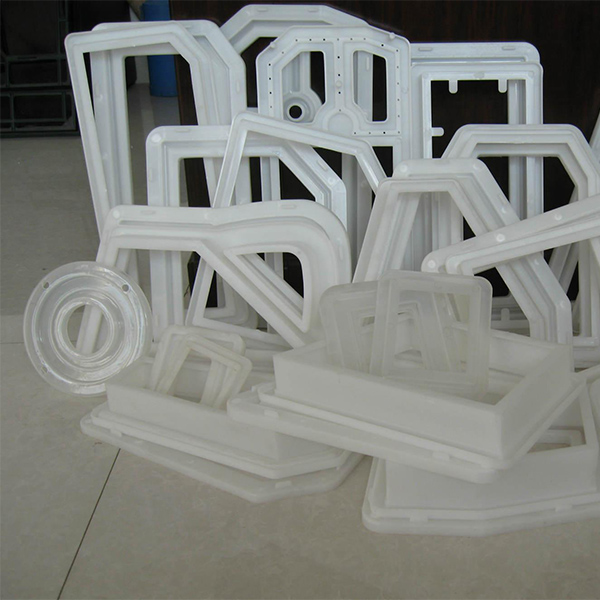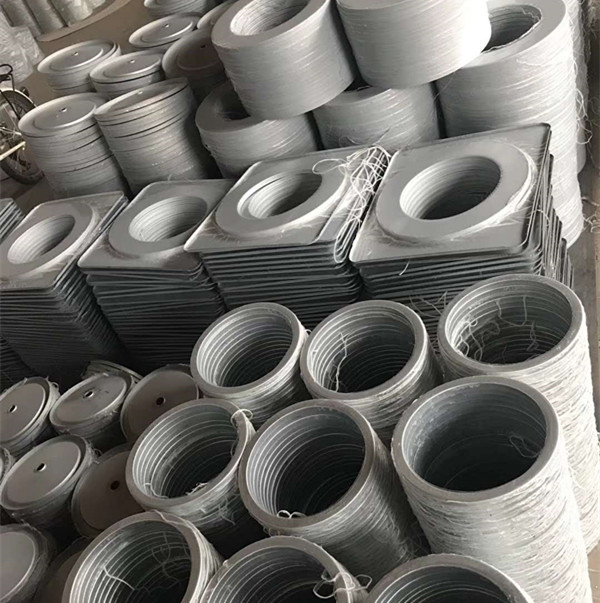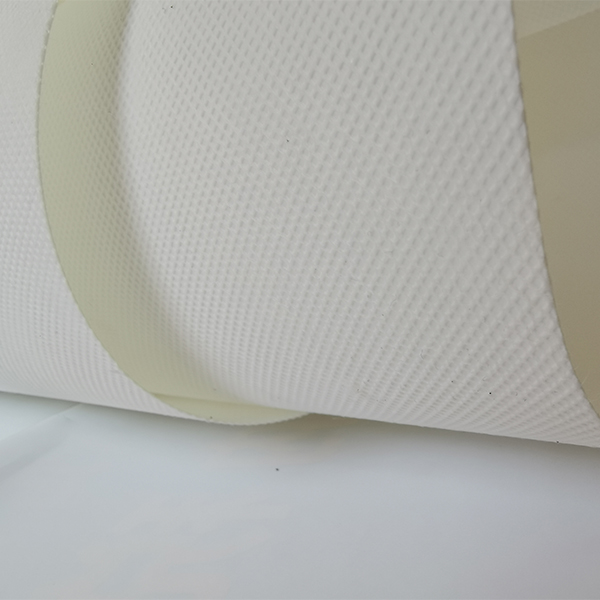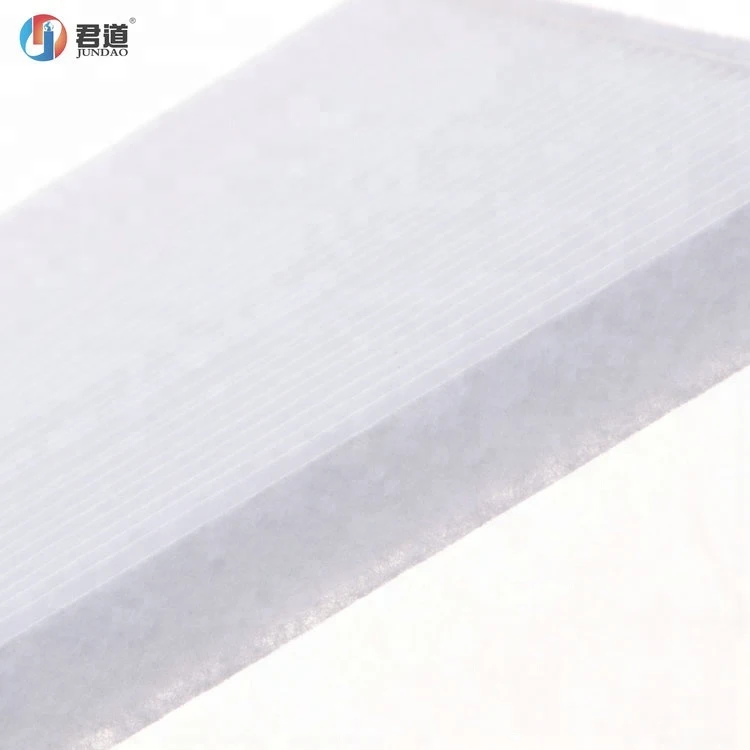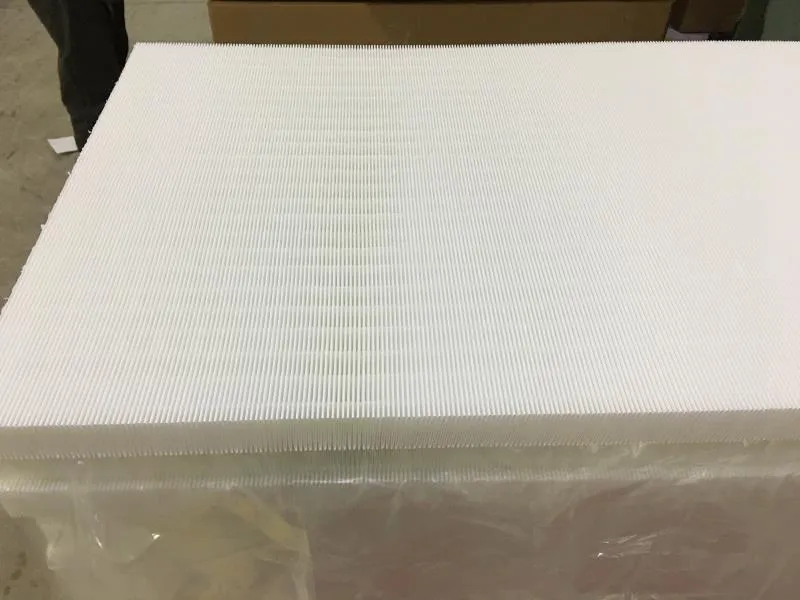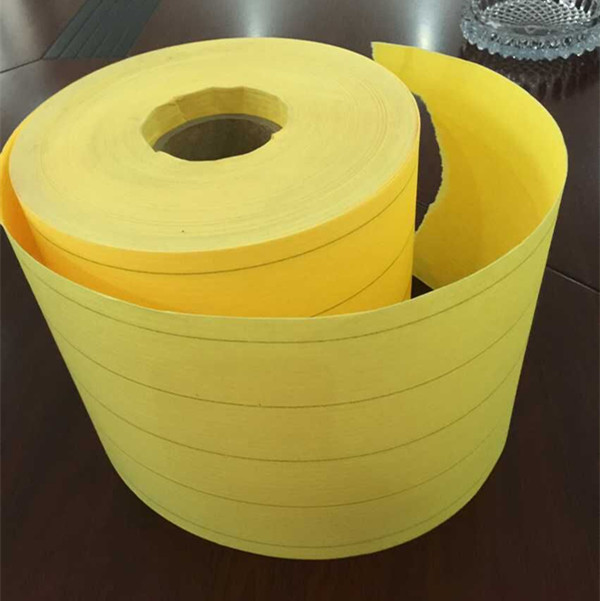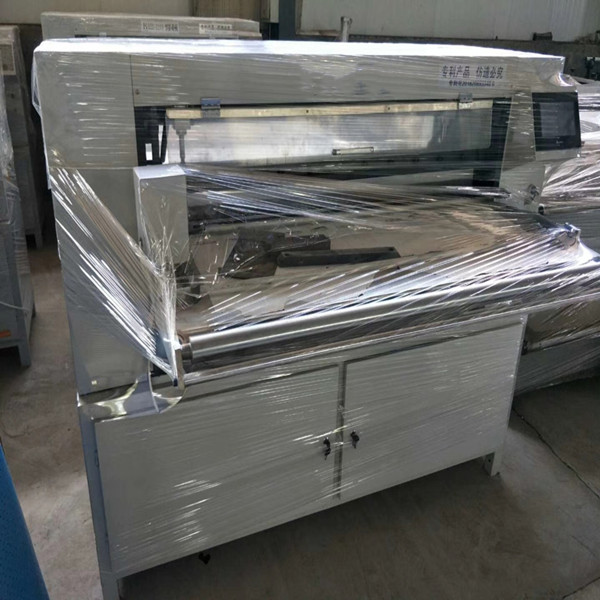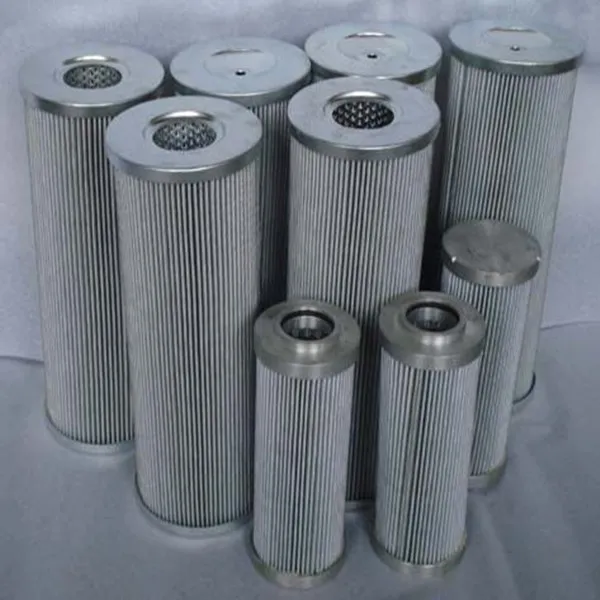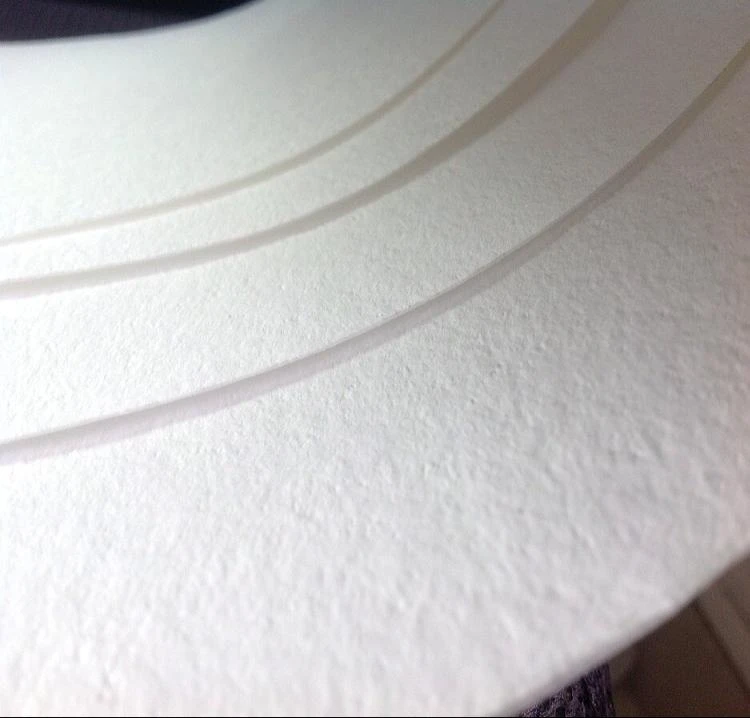Ühistranspordist on saanud uue kroonilise kopsupõletiku nakkuse uus varjatud ohukoht ja edasikandumise oht on suur. Bussi-, takso- ja metrootranspordist on põhjustatud palju leviku ja haiguste juhtumeid. Epideemia ennetamise ja tõrje perioodil on autojuhtimine muutunud kõige turvalisemaks reisimisviisiks lisaks epideemiate ennetamise ja kontrolli juhtimise tugevdamisele transpordivaldkonnas (nt istekohtade vahe, piletimüügi vähendamine jne) ning viiruse leviku riski vähendamisele ühistranspordis.
Aga kas autoga reisimine on tõesti lollikindel?
Kuigi isikliku autoga sõitmine võib tõhusalt vähendada uute koronaarkopsupõletikuga patsientidega kokkupuutumise tõenäosust võrreldes metroo ja bussiga, kuid kuna auto ise on suletud keskkond, võite nakatuda, kui reisijal on nakatunud inimene. Seks on samuti oluliselt suurenenud. Seega, kuigi autojuhtimine on teatud määral ohutuim liikumisviis, ei tohi me sõidukit juhtides eirata vajalikke kaitsemeetmeid. Lisaks siin mainitud ohutusmeetmetele peame siiski vähendama lähikontakte ja kandma maske. Rohkem tasub uurida, kuidas lahendada viiruse allikast kinnises autokeskkonnas õhus levimise tõenäosuse suurendamise probleem, sest see ei kehti ainult epideemia ajal. Peame kaaluma ohutusmeetmeid. Väljaspool epideemiat on ka autode siseõhu kvaliteet tihedalt seotud meie tervise ja mugavusega.
How to improve the air quality in the car? In-car air quality has always been the focus of consumers’ attention. The new car quality research (IQS) report of the world’s authoritative research organization J.D. Power shows that car interior odor has become the first dissatisfaction in the Chinese market for many years. The main factors affecting air safety in the car are: 1. Air pollution outside the car. Car exhaust, PM2.5, pollen and other harmful suspended particles sneak into the car through the car window or air conditioning system. 2. Interior materials. There are a large number of non-metallic parts that are easy to volatilize in the car, such as plastic door panels, leather seats, and damping panels. There are 8 common volatile organic compounds in vehicles, and clear limits are given for these 8 substances in the national standard GB/T 27630-2011 “Guidelines for Air Quality Evaluation of Passenger Cars”. Serial number project Restriction requirements (mg/m³)
1 benzene ≤0.11
2 Toluene ≤1.10
3 Xylene ≤1.50
4 Ethylbenzene ≤1.50
5 Styrene ≤0.26
6 formaldehyde ≤0.10
7 Acetaldehyde ≤0.05
8 Acrolein ≤0.05
In order to solve the peculiar smell in the car and improve the air safety in the car, it is necessary to increase the cycle purification link in the closed car environment, and there is no doubt that the car air conditioning filter has become an important responsibility. The car air conditioner provides the original power for the exchange of indoor and outdoor air, but in order to satisfy the purification of the indoor circulating air, the outdoor air enters the car after being filtered. The filter becomes an essential artifact for the car owner! The small body shows great power, creating a safe and reliable space in the car, allowing car owners to enjoy healthy breathing at all times. Editor’s reminder: In order to avoid secondary pollution of the car air conditioner filter, generally speaking, it should be replaced after two to three months of use (the specific replacement frequency can be considered according to the actual frequency of use)

